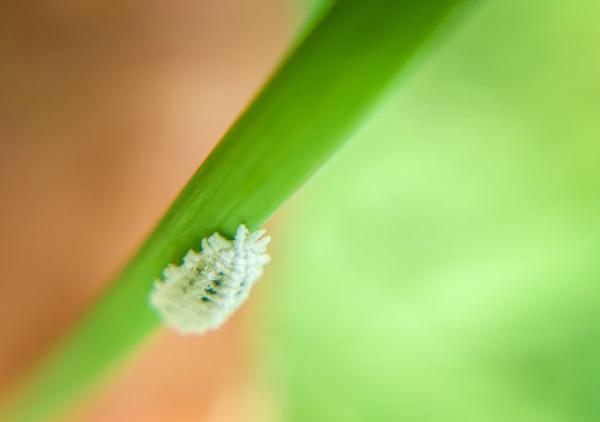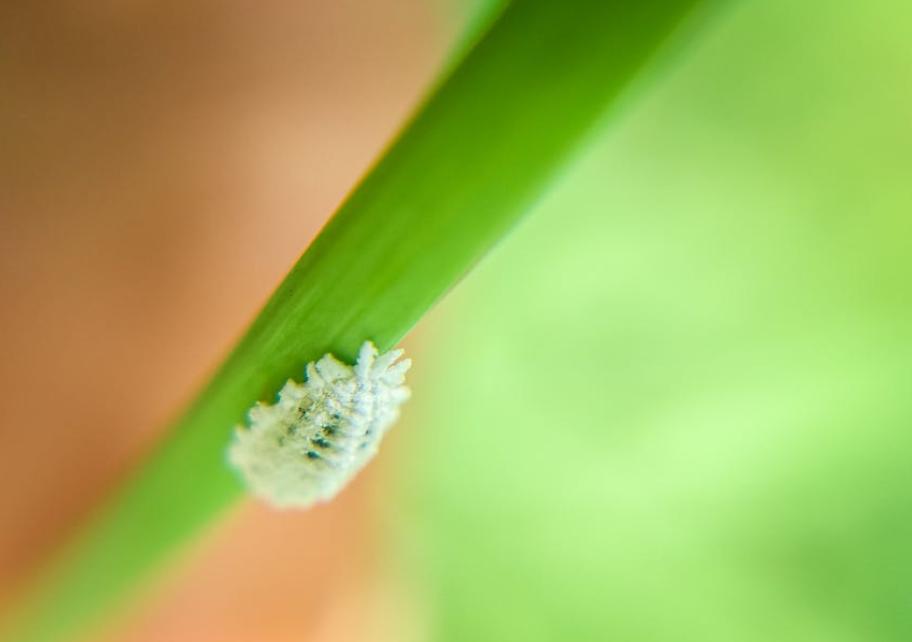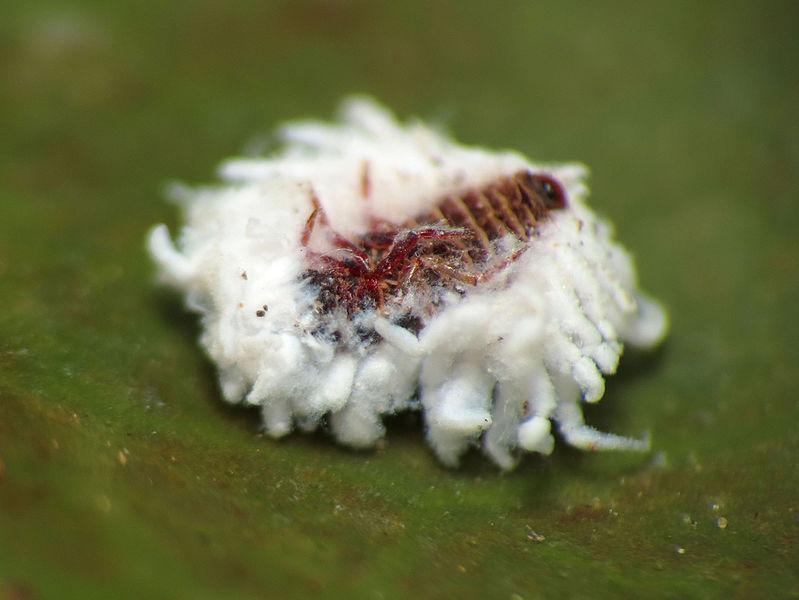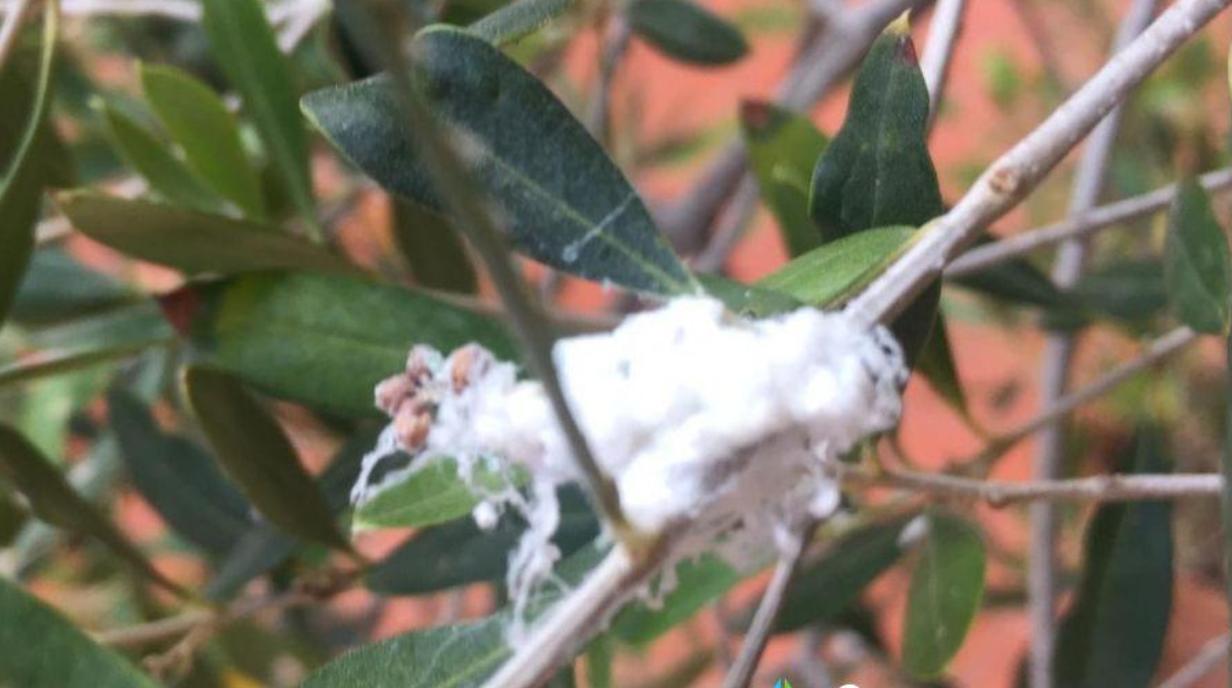How to Elinante Mealybugs from Houseplants


Mealybugs, despite their fluffy appearance, are a significant threat to various plant species. These soft-bodied insects weaken plants by piercing their tissues and feeding on vital sap, leading to stunted growth, leaf yellowing, and even plant death in severe cases. Fortunately, several effective natural methods can control these pests without resorting to harsh chemicals.
The following article by thedailyECO explores natural methods to effectively eliminate mealybugs. Additionally, we delve into understanding what mealybugs are, their lifecycle, and provide valuable tips on preventing their infestation.
What are mealybugs?
Mealybugs, members of the Pseudococcidae family, are notorious pests known to afflict a wide range of plants, including ornamental gardens, fruit trees, and vegetable patches. While they commonly thrive in warm, humid climates, they can also adapt and cause infestations indoors under suitable conditions. Mealybugs typically target tender plant parts such as young shoots, flower buds, and the undersides of leaves. Their ability to infest both outdoor and indoor plants makes them a prevalent pest in gardens, greenhouses, and indoor plant collections alike.
They typically range in size from 1 to 5 millimeters in length and have soft, oval-shaped bodies. They are often recognized by their white or grayish cottony wax covering, which serves as protection and can make them resemble cotton balls or mealy granules, hence their name.
Mealybugs feed on plant sap, as it provides them with essential nutrients for survival and reproduction. They pierce the plant tissues with their specialized mouthparts, known as stylets, to access the nutrient-rich sap. As they feed, mealybugs extract fluids from the plant, which can lead to significant damage over time. Additionally, mealybugs excrete excess sugars in the form of honeydew, which can attract other pests like ants and promote the growth of sooty mold fungus, further exacerbating the damage to the plant.
Mealybugs life cycle
Mealybugs undergo a simple life cycle consisting of several stages: egg, nymph, and adult. Female mealybugs lay eggs in cottony egg sacs, which are often found on the undersides of leaves or in protected crevices on plants. After hatching, the young mealybugs, known as nymphs, go through several molts as they develop into adults.
The entire life cycle from egg to adult can take anywhere from a few weeks to several months, depending on environmental conditions such as temperature and humidity.
Did you know that orchids are often plagued by mealybugs? Read this other article to discover the most prevalent pests that afflict orchids.

How to prevent mealybugs?
Mealybugs reproduce rapidly, and their protective wax coating makes them challenging to eliminate. Even a minor infestation can cause significant damage to your plants. Therefore, prevention is key to avoiding these issues. Here are some effective methods to prevent mealybug infestations:
- Before integrating new plants or cuttings into your collection, conduct a thorough inspection for any signs of mealybugs. Isolate new plants for a period of one to two weeks to ensure they are free of pests before placing them near other plants.
- Make it a routine to inspect your plants regularly for indications of mealybug infestations. Keep an eye out for white cottony masses, sticky honeydew residue, or symptoms like wilting and yellowing leaves, particularly around new growth areas and on the undersides of leaves.
- Ensure your plants receive proper care, including adequate light, water, and nutrients tailored to their specific requirements. Healthy plants are better equipped to resist pests like mealybugs.
- Mealybugs thrive in humid conditions. Maintain moderate humidity levels (around 40-50%) around your plants by utilizing fans, ensuring proper air circulation, or relocating them away from sources of high humidity like humidifiers.
- Ladybugs, lacewings, and predatory mites are natural adversaries of mealybugs. Consider introducing these beneficial insects to your garden or greenhouse to naturally regulate mealybug populations.
- Place sticky traps near plants to capture crawling mealybugs. For minor infestations, manually remove mealybugs using a cotton swab soaked in rubbing alcohol.
- Disinfect tools and pots before using them on different plants to prevent the spread of potential pests or diseases.
Do not miss the following article where we explain the benefits of rice water as a natural fertilizer.
How to get rid of mealibugs naturally
Mealybugs can be troublesome invaders in your plants. However, with the correct approach, you can successfully eradicate them and revive your greenery to its former health.
Natural methods offer a safer alternative to synthetic pesticides, as they are less likely to harm your plants by causing issues like leaf burn or stunted growth. Here are some effective natural methods to get rid of mealybugs:
Extraction:
- For small infestations, dip a cotton swab in rubbing alcohol (70%) and dab individual mealybugs. Do this carefully to avoid damaging the plant.
- Alternately, you can also use a strong spray of water to dislodge mealybugs from the plant. Repeat daily for several days. This works best for light infestations.
Sprays:
- Dilute neem oil according to package instructions and spray it on infested areas. Repeat this treatment every 7-10 days for several weeks to ensure thorough coverage.
- Create a garlic spray by steeping crushed garlic cloves in water for 24 hours. Strain the mixture and dilute it before spraying it on affected areas.
- Mix 2 tablespoons of soft or curd soap with one liter of water. You can either moisten a cloth with the solution and wipe the infested plant or pour the solution into a spray bottle. Be cautious not to let the remedy come into contact with the soil in the pot.
- Boil approximately 20g of dried horsetail herb in one liter of water for 30 minutes. Allow the tea to cool, strain it through a sieve, and apply the mixture using a spray bottle.
- Combine lemon balm spirit with water and transfer the solution to a spray bottle. The alcohol in the spirit dissolves the insects' waxy outer coating, making them vulnerable.
- Prepare a nettle brew by placing 1 kg of fresh nettles in a container with 10 liters of boiling water. Let the mixture steep for three days, stirring it once daily if possible. Afterward, strain the brew through a sieve and transfer it to a spray bottle for application to the affected parts of the plant.
Other natural remedies:
- Dust the soil around the base of the plant with diatomaceous earth. This creates a barrier that dehydrates and kills crawling mealybugs.
- Introduce ladybugs (or purchase ladybug larvae) to your garden or greenhouse. They are natural predators of mealybugs.
Be sure to read this other article to learn how to use vinegar for plants.

If you want to read similar articles to How to Elinante Mealybugs from Houseplants, we recommend you visit our Gardening category.







